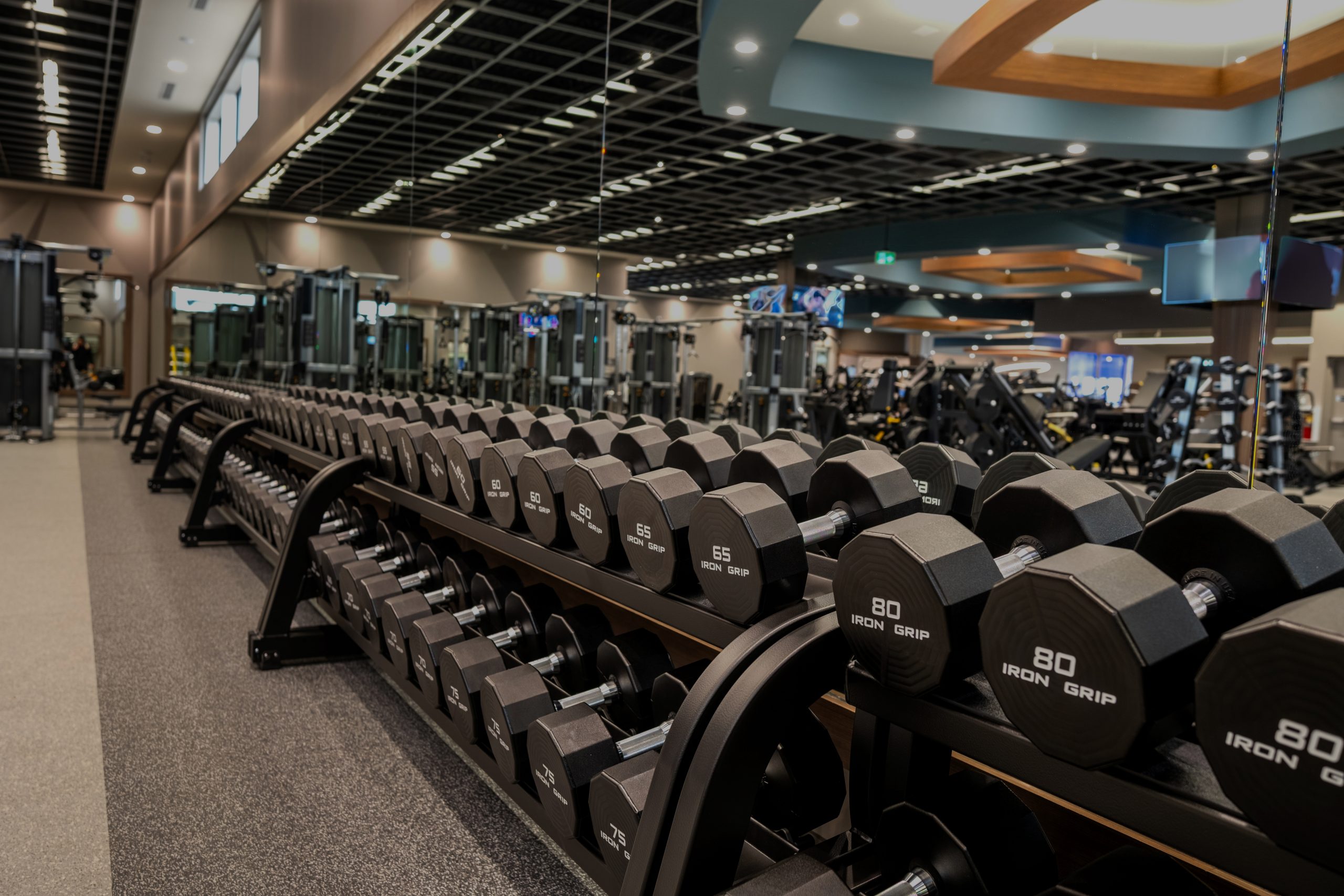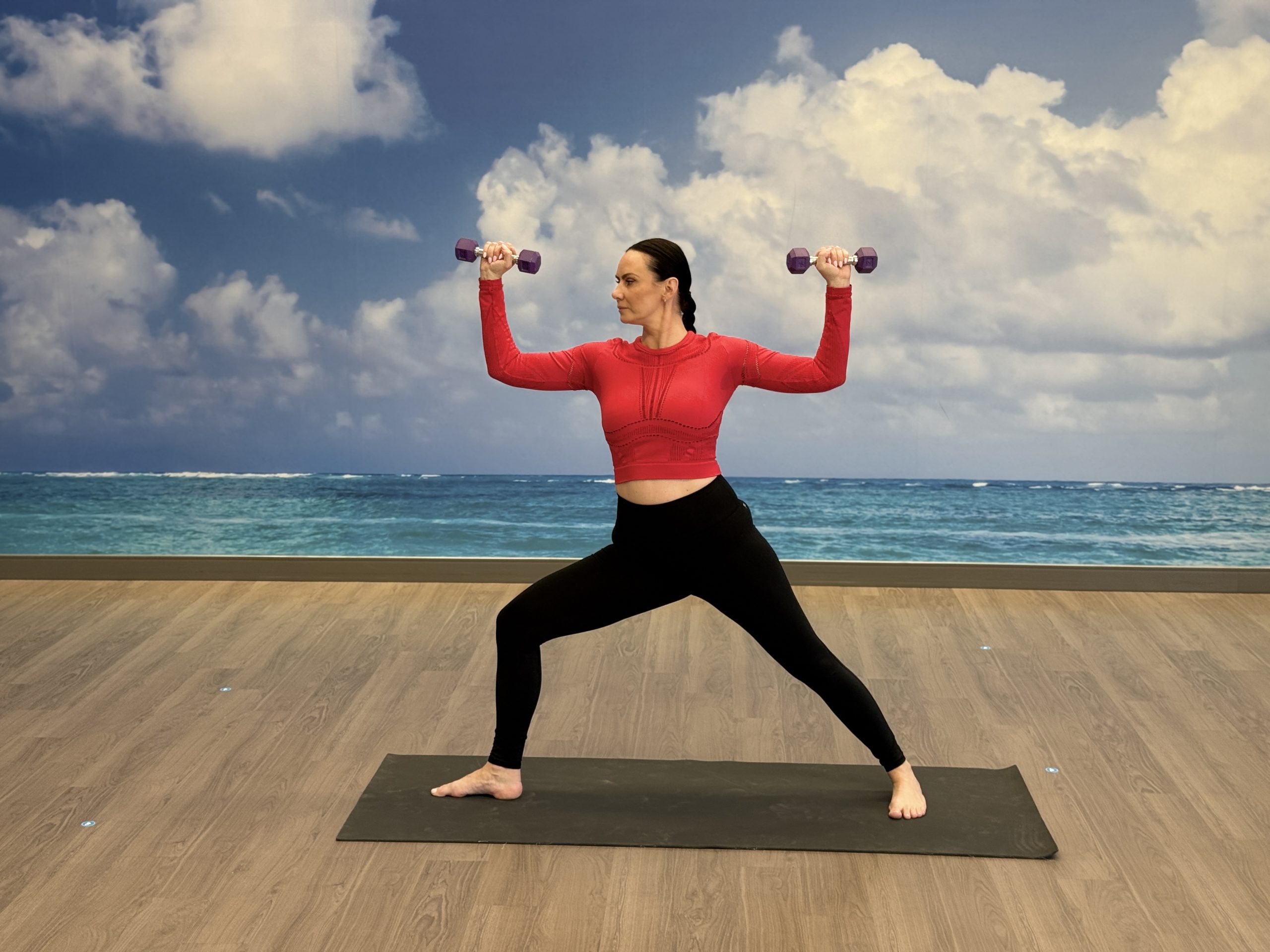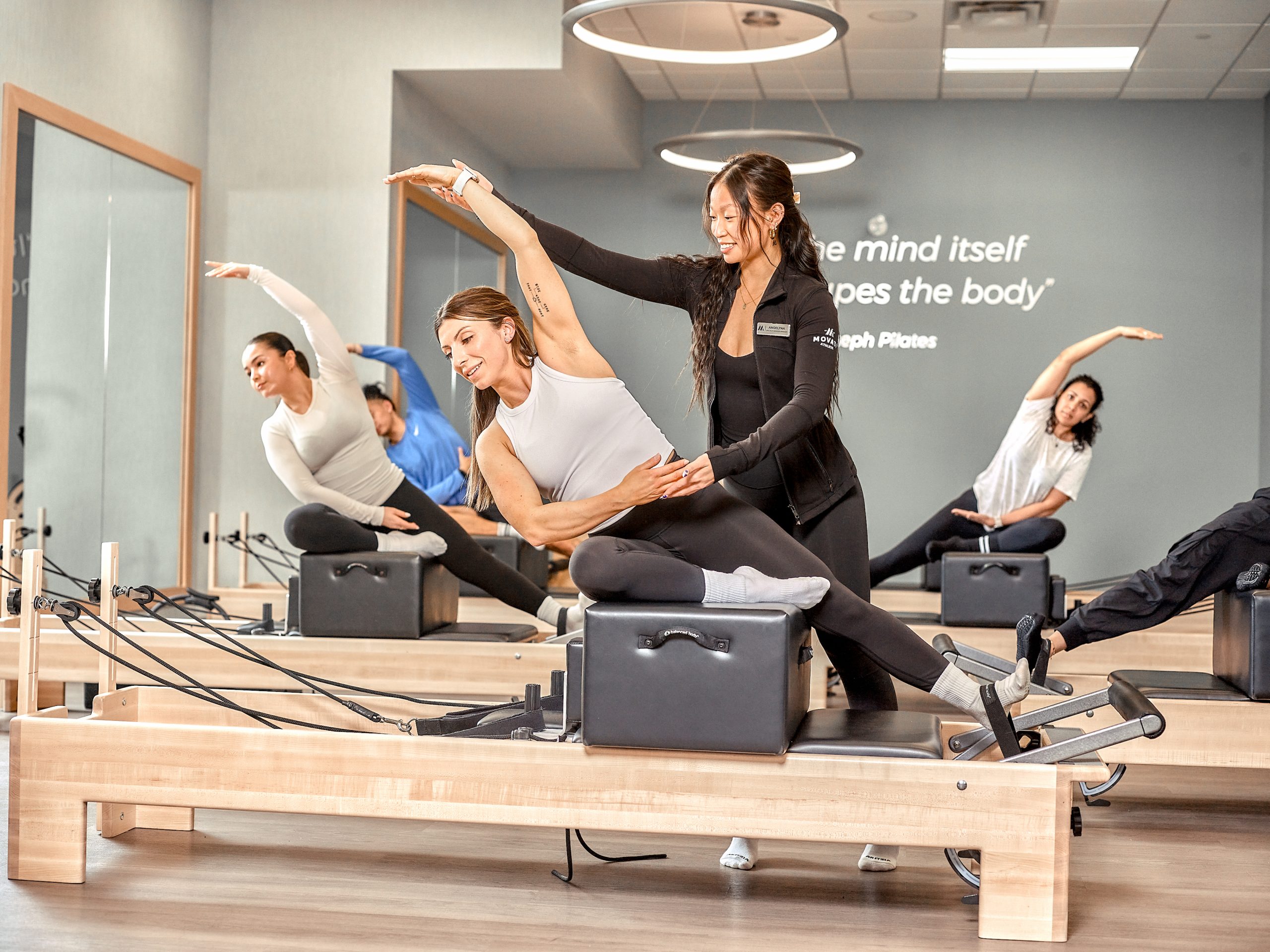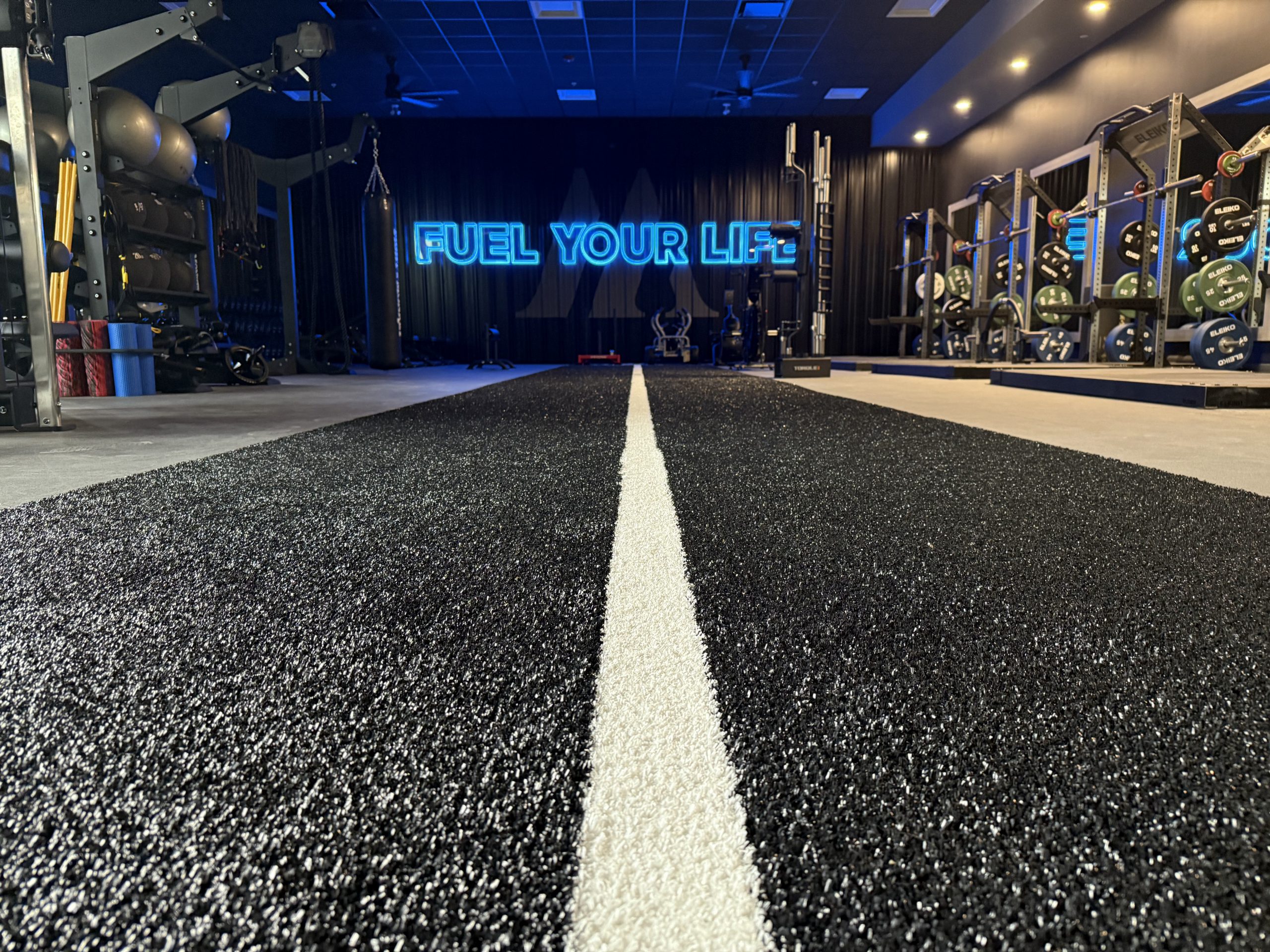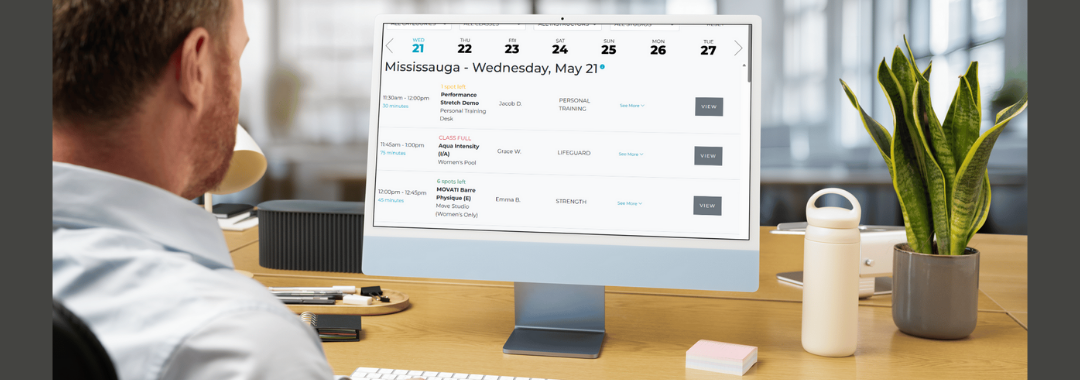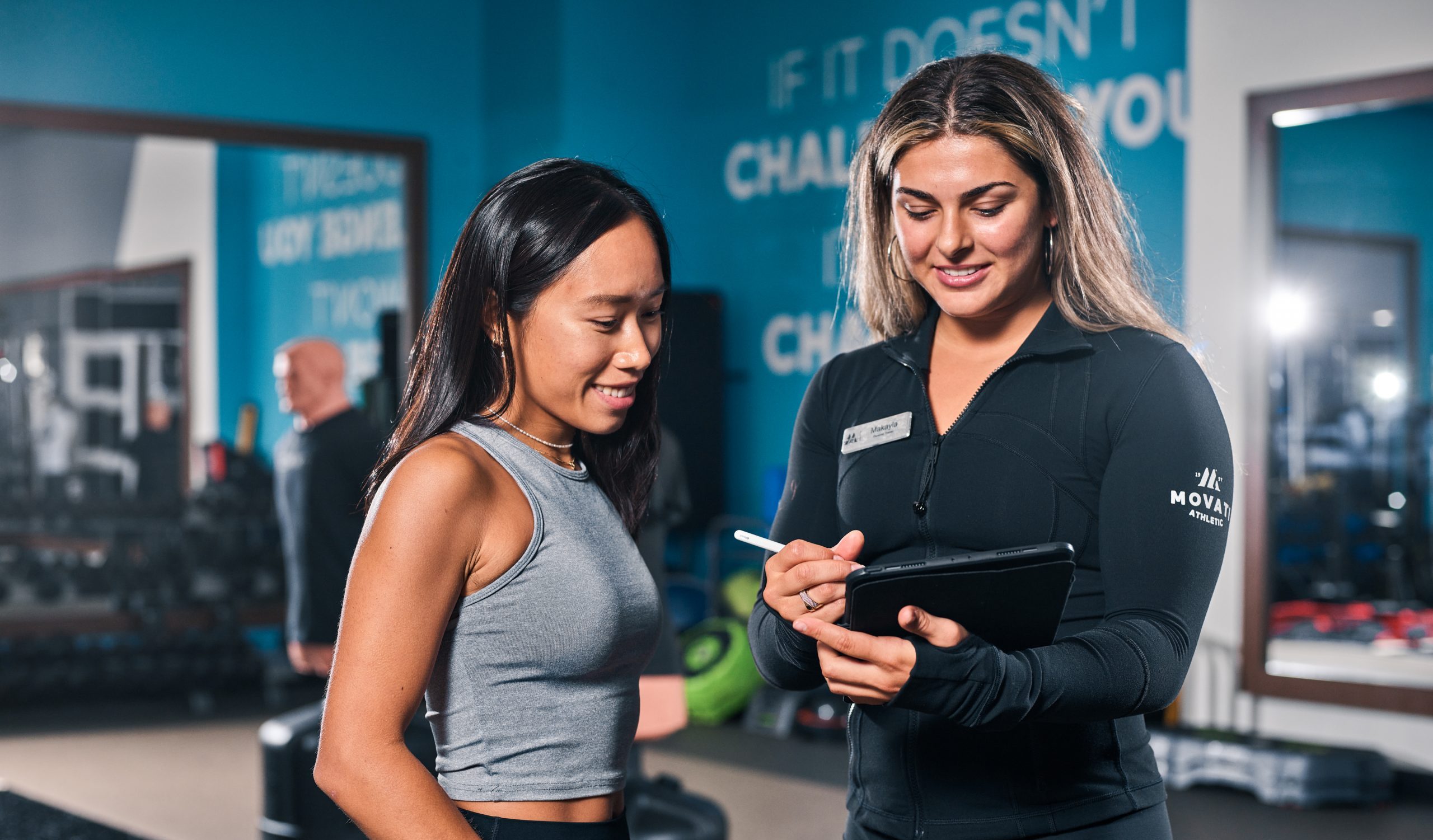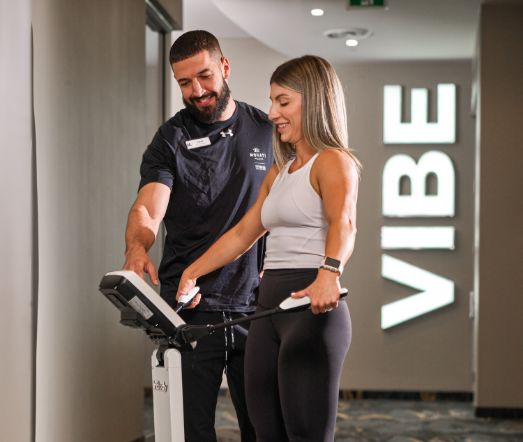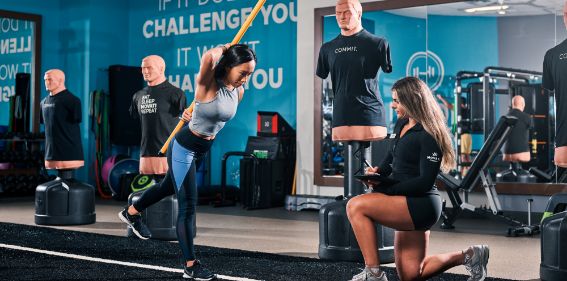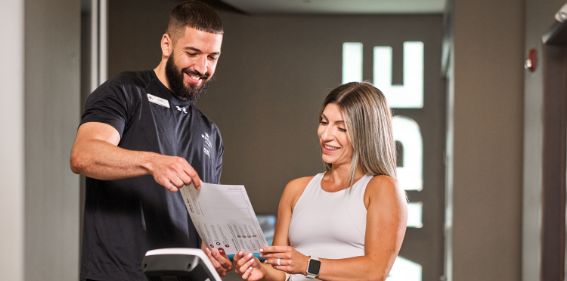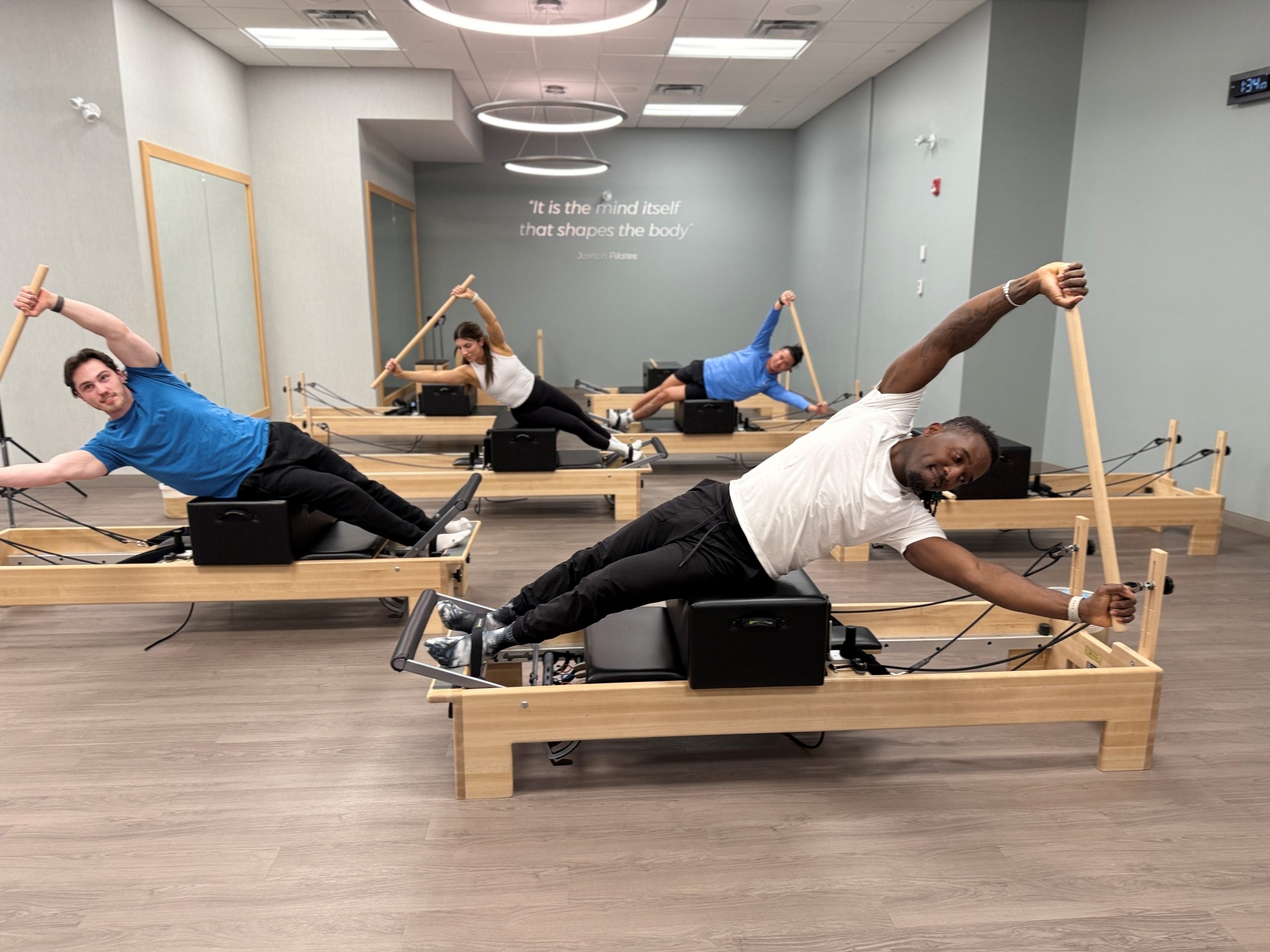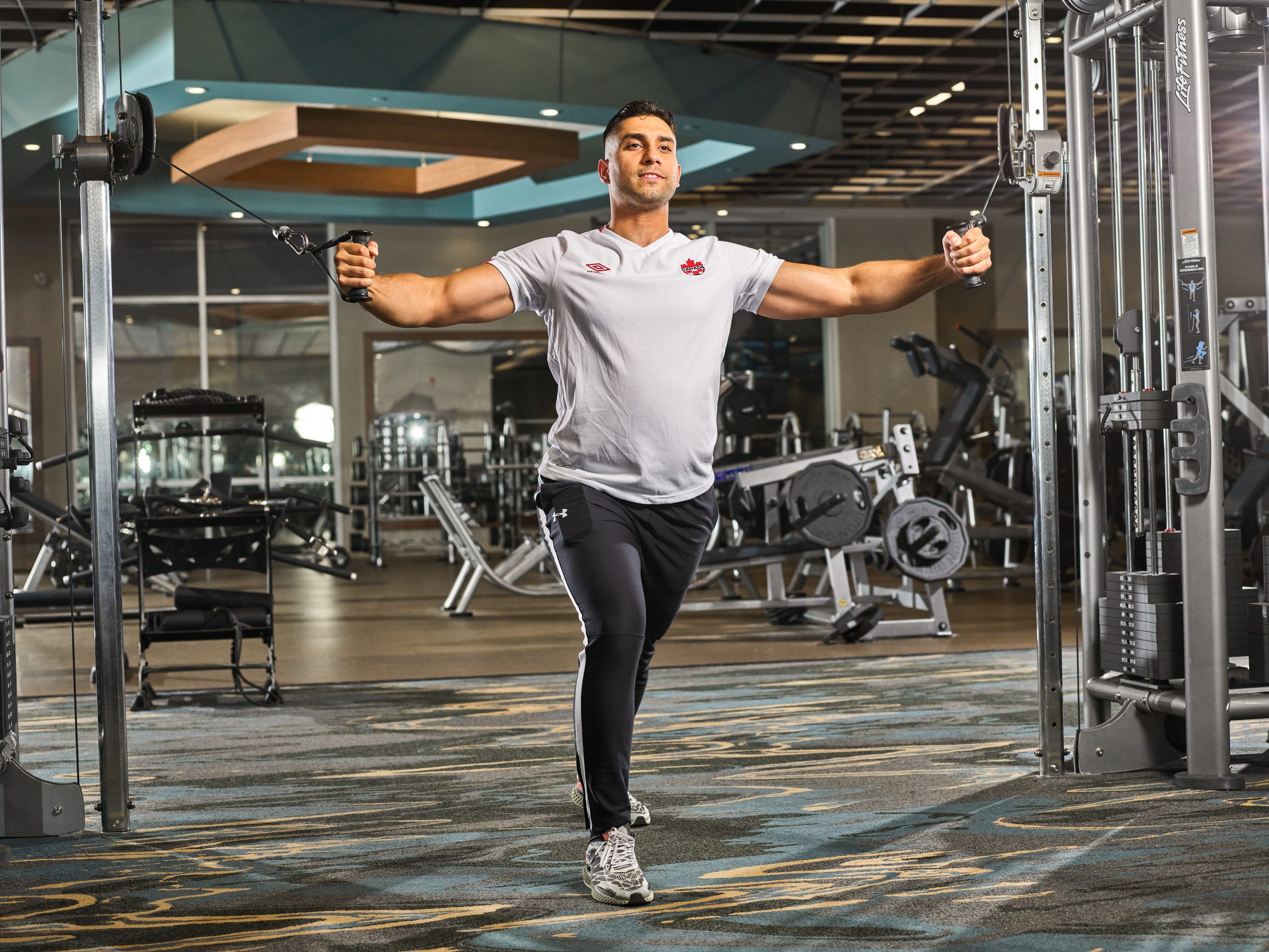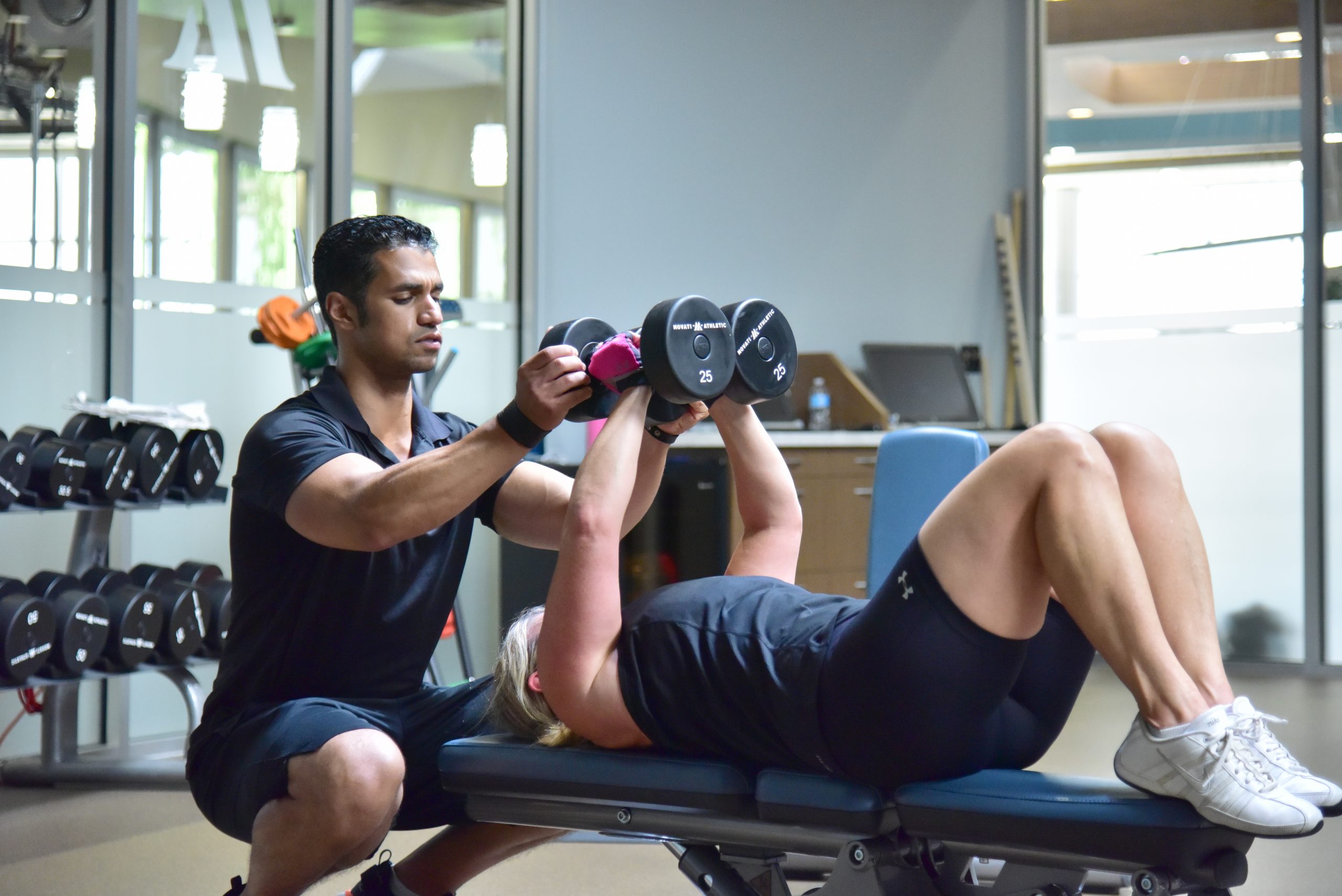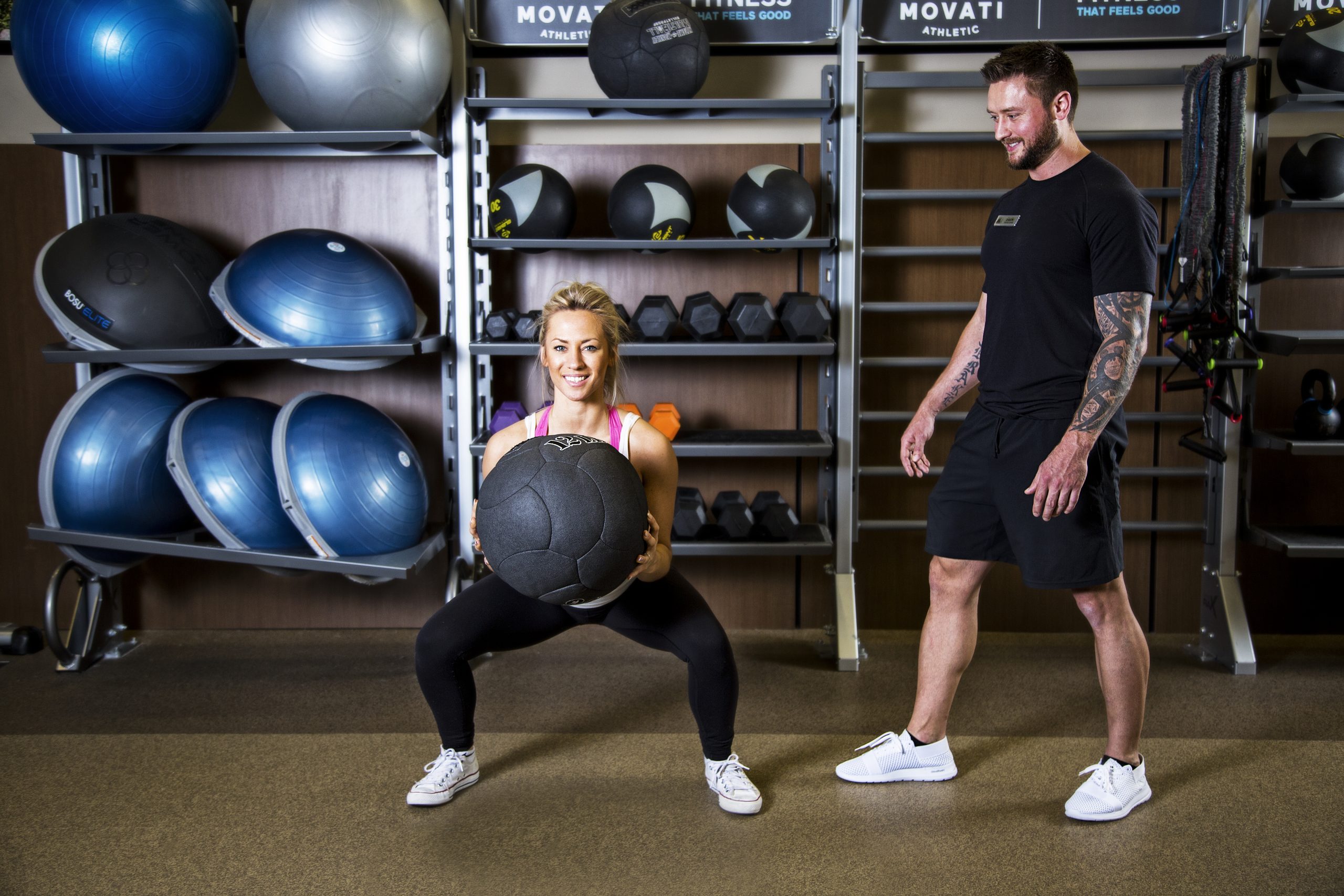Spring is just around the corner, and for many athletes, that means it’s time to gear up for spring sports. Whether you’re a seasoned athlete or new to the game, it’s crucial to prepare your body for the demands of the upcoming season.
Our Performance Coaches will help you explore the importance of preparing your body for spring sports, common injuries to watch out for, various physical conditioning techniques, strength training exercises, flexibility and mobility exercises, and injury prevention strategies.
By following these essential tips, you can ensure that you are ready to perform at your best and minimize the risk of injuries.
Importance of Preparing Your Body for Spring Sports
Preparing your body for spring sports is vital for several reasons. First and foremost, it helps you avoid injuries. When your body is properly conditioned and prepared, it is better able to handle the physical demands of the sport. Second, proper preparation enhances your performance. Focusing on conditioning, strength training, and flexibility can improve your speed, agility, and overall athletic ability.
Additionally, preparing your body for spring sports allows you to ease into the season gradually. If you jump straight into intense training or competition without prior preparation, you may experience muscle soreness, fatigue, or even overuse injuries. Taking the time to prepare your body helps minimize the risk of these issues and allows you to enjoy sports to the fullest.
Common Injuries in Spring Sports
Before diving into the various ways to prepare your body for spring sports, it’s essential to be aware of the common injuries associated with these activities. Different sports carry different risks, but some injuries are prevalent across the board. Sprains, strains, and overuse injuries are among the most common. These can occur due to sudden movements, inadequate warm-up, or repetitive motions.
Additionally, concussions and other head injuries are a concern in contact sports like soccer and lacrosse. It’s crucial to be mindful of the signs and symptoms of concussions and seek medical attention if necessary. Other common injuries include fractures, dislocations, and muscle tears. Understanding the risks and taking preventive measures can go a long way in reducing the likelihood of these injuries.
Physical Conditioning for Athletics
Physical conditioning is crucial for preparing your body for spring sports. It involves improving your cardiovascular fitness, muscular endurance, and overall stamina. One effective way to achieve this is through aerobic exercises. Running, cycling, swimming, or using the elliptical machine are great cardiovascular exercises that can help improve your endurance and stamina.
In addition to aerobic exercises, incorporating interval training into your routine can be highly beneficial. Interval training involves alternating between high-intensity bursts of exercise and periods of rest or lower intensity. This type of training helps improve your anaerobic capacity, which is essential for sports that require quick bursts of energy, such as sprinting or jumping.
Strength Training Exercises for Spring Sports
Strength training is another crucial component of preparing your body for spring sports. It helps build muscle strength, power, and stability, which are essential for optimal athletic performance. Some effective strength training exercises include squats, lunges, deadlifts, push-ups, pull-ups, and planks.
When designing your strength training routine, it’s important to target the muscles and movements specific to your sport. For example, if you play baseball, focusing on exercises that strengthen your core, arms, and legs can greatly enhance your performance.
Flexibility and Mobility Exercises
Flexibility and mobility are often overlooked but crucial aspects of preparing your body for spring sports. They help improve your range of motion, joint stability, and overall movement efficiency. Dynamic stretching exercises, which involve moving your body through a full range of motion, are particularly beneficial for warming up and preparing your muscles for activity.
Incorporating exercises that target specific muscle groups and joints can also help improve flexibility and mobility. For example, yoga or Pilates can be excellent options for enhancing overall flexibility and core strength. Additionally, incorporating exercises that focus on hip mobility, shoulder mobility, and ankle mobility can be particularly helpful for athletes participating in sports like soccer, basketball, or tennis.
Injury Prevention Strategies
While it’s impossible to completely eliminate the risk of injuries, there are several strategies you can implement to minimize the likelihood of getting injured during spring sports. Firstly, always warm up before any physical activity. A proper warm-up should include dynamic stretching, light aerobic exercises, and sport-specific movements to prepare your body for the upcoming activity.
Secondly, listen to your body and pay attention to any pain or discomfort. Pushing through pain can lead to more severe injuries. If you experience any persistent pain or notice any changes in your body, it’s essential to seek medical attention and take the necessary steps to prevent further damage.
Lastly, prioritize rest and recovery. Your body needs time to repair and regenerate after intense physical activity. Make sure to incorporate rest days into your training schedule and get enough sleep each night. Proper nutrition and hydration are also crucial for optimal recovery and injury prevention.
Conclusion
Preparing your body for spring sports is a crucial step in ensuring a successful and injury-free season. By understanding the importance of preparation, being aware of common injuries, and implementing physical conditioning, strength training, flexibility and mobility exercises, and injury prevention strategies, you can set yourself up for success. Remember to always listen to your body, seek professional guidance if needed, and prioritize rest and recovery. With these essential tips in mind, you’ll be ready to hit the field or court with confidence and perform at your best.
Join MOVATI Today and get Started with this Special Offer. Already a member? Get customized programming and improve your mobility and recovery by consulting with one of our Performance Coaches in club and complete your Game Plan Session or join seminars with one of our fitness professionals.
*MOVATI’s trainers and/or consultants are not health care providers, and do not provide any medical diagnosis, treatment or advice, and any trainer and/or consultant tips are not intended to replace the advice of a health care professional.
